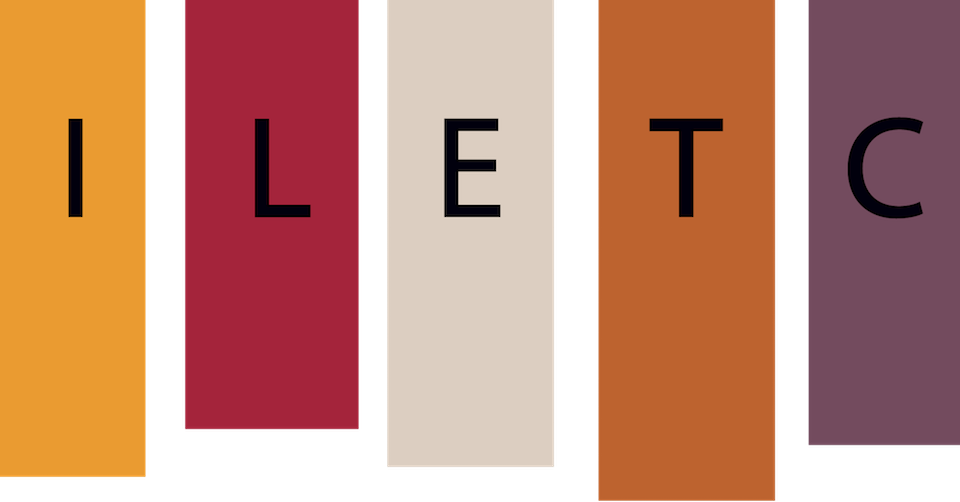Heritage Language Learner
A student who is raised in a home where a non-English language is spoken, who speaks or at least understands the language, and who is to some degree bilingual in that language and in English. Based on Valdés 2000.
Input
The language a person listens to, hears, or sees (in the case of sign language) that has communicative intent.
Literacy
The process of meaning-making, in our case, from and through language, that is both creative and critical. As the multiliteracies movement advocates, meaning-making “should be regarded as a dynamic process of transformation, rather than process of reproduction.” Writers, in this sense, are not just replicating conventions, but questioning and transforming them. ‘Multiliteracies’: New Literacies, New Learning Bill Cope and Mary Kalantzis
Proficiency
“The ability to use language in real world situations in a spontaneous interaction and non-rehearsed context and in a manner acceptable and appropriate to native speakers of the language. Proficiency demonstrates what a language user is able to do regardless of where, when or how the language was acquired.” ACTFL Performance Descriptors for Language Learners 2012, page 4.



